Home>Garden Essentials>How To Get Seeds From Marigolds
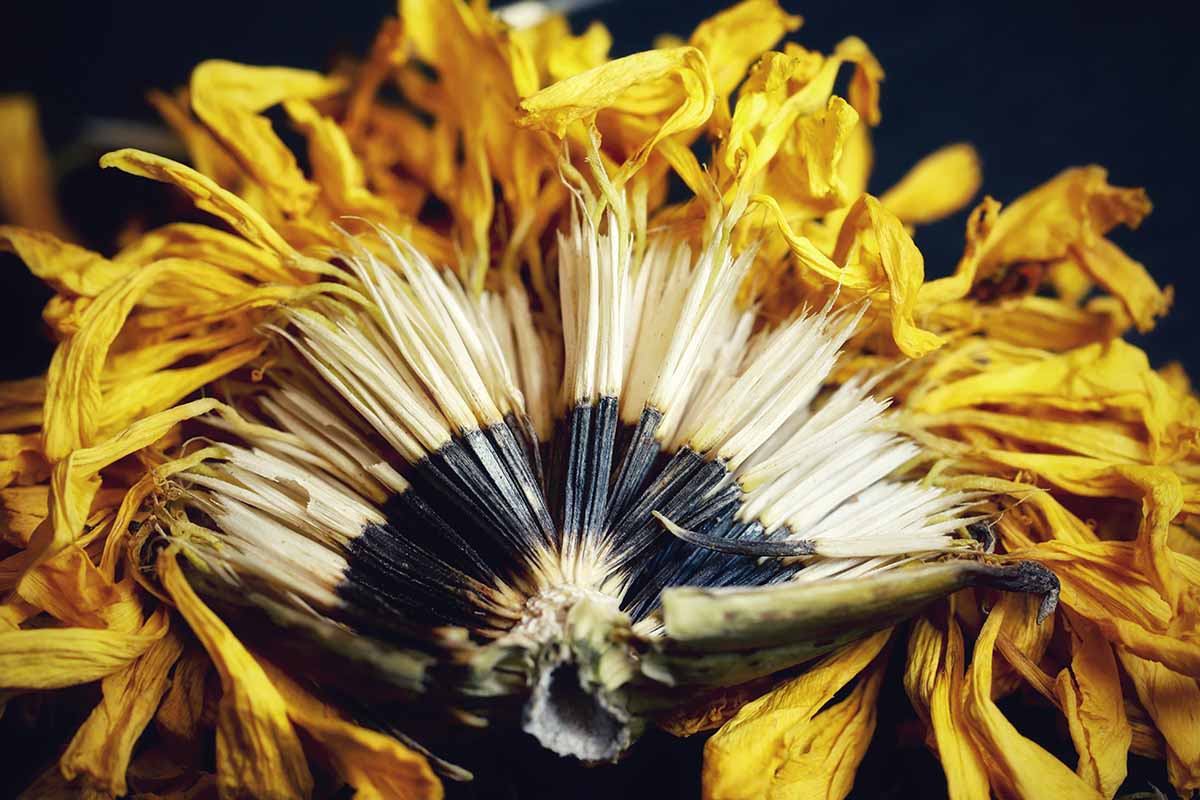

Garden Essentials
How To Get Seeds From Marigolds
Modified: August 28, 2024
Learn how to get seeds from marigolds in your garden and grow your own beautiful flowers. Step-by-step guide to seed-saving for a successful garden.
(Many of the links in this article redirect to a specific reviewed product. Your purchase of these products through affiliate links helps to generate commission for Storables.com, at no extra cost. Learn more)
Introduction
Marigolds are popular, vibrant flowers that brighten up any garden or landscape. They come in a variety of colors, including shades of yellow, orange, and red. Not only do marigolds add beauty to your garden, but they also have many benefits, such as repelling pests and attracting beneficial insects. If you want to grow marigolds year after year without purchasing new plants, collecting marigold seeds is the way to go.
Collecting marigold seeds allows you to preserve the unique characteristics of your favorite marigold varieties and save money by growing new plants from the seeds you’ve collected. Plus, it’s a rewarding experience to witness the entire life cycle of these flowers, from seed to blooming plant. In this article, we will guide you through the process of collecting marigold seeds, from selecting the right plants to storing and preserving the seeds for future use.
Key Takeaways:
- Save money and preserve your favorite marigold varieties by collecting seeds. Enjoy the educational experience and share the beauty of marigolds with others through seed exchanges.
- Ensure successful seed collection by selecting healthy plants, proper timing, and careful storage. Avoid common mistakes and embrace the joy of preserving nature’s wonders.
Read more: How To Get Marigold Seeds From Flowers
Benefits of Collecting Marigold Seeds
Collecting marigold seeds offers several benefits for gardeners. Here are some of the advantages:
- Cost savings: By collecting marigold seeds, you can save money on buying new plants each season. Instead, you can grow new marigold plants from the seeds you’ve collected, ensuring a continuous supply of these beautiful flowers without breaking the bank.
- Preserving favorite varieties: Marigolds come in various sizes, colors, and petal shapes. If you have a particularly stunning or unique marigold variety in your garden, collecting seeds allows you to preserve and propagate that specific variety. This way, you can enjoy the same beautiful blooms year after year.
- Self-sustainability: With your own collection of marigold seeds, you become self-sufficient in your gardening endeavors. You no longer have to rely on seed retailers or nurseries for your marigold supply. Instead, you can rely on your saved seeds, which empowers you to control your garden’s sustainability.
- Educational experience: Collecting marigold seeds offers a valuable opportunity for learning and teaching. It provides a hands-on experience in understanding the life cycle of plants, from pollination to seed dispersal. It’s a great educational activity for both children and adults, fostering an appreciation for nature and gardening.
- Sharing with others: If you find joy in gardening, collecting marigold seeds allows you to share the beauty and benefits of these flowers with friends and family. You can offer seeds as gifts, swap them for other varieties, or even start a seed exchange program in your gardening community.
- Potential for experimentation: Once you have a stock of marigold seeds, you have the freedom to experiment with cross-pollination, creating your own unique marigold hybrids. This opens up exciting possibilities for discovering new color combinations, shapes, and sizes in marigold blooms.
With these benefits in mind, let’s dive into the process of selecting the right marigold plants for seed collection.
Selecting the Right Marigold Plants
When it comes to collecting marigold seeds, it’s important to select the right plants to ensure that you are saving seeds from healthy, vibrant specimens. Here are some considerations when choosing marigold plants for seed collection:
- Open-pollinated varieties: Look for marigold varieties that are open-pollinated rather than hybrids. Open-pollinated varieties produce seeds that will grow into plants with the same characteristics as the parent plant. Hybrids, on the other hand, may not produce offspring with the desired traits.
- Strong and healthy plants: Choose marigold plants that are vigorous, disease-free, and free of pests. These plants will have a higher chance of producing quality seeds. Avoid selecting plants that show signs of stress, such as wilting leaves, yellowing foliage, or stunted growth.
- Mature plants: It’s best to collect seeds from mature marigold plants. This ensures that the flowers have had sufficient time to pollinate and develop viable seeds. Wait until the marigold blooms have faded and started to dry out before collecting the seeds.
- Species and varieties: Marigolds belong to the Tagetes genus and come in different species and varieties. Choose the species and varieties that you find most appealing for seed collection. Some popular marigold species include Tagetes erecta (African marigold), Tagetes patula (French marigold), and Tagetes tenuifolia (Signet marigold).
- Desired traits: Consider the specific traits you want to preserve in your marigold seeds. This could include color, size, petal shape, foliage characteristics, or the ability to withstand specific environmental conditions. Select plants that exhibit these desired traits.
- Organic and pesticide-free: If possible, choose marigold plants that have been grown organically and have not been treated with pesticides. This ensures the purity of the seeds and reduces the risk of any harmful residues being present.
By carefully selecting the right marigold plants for seed collection, you can increase the chances of obtaining high-quality seeds that will give rise to healthy and beautiful marigold plants.
Timing and Preparation
Timing is crucial when it comes to collecting marigold seeds. To ensure the best chances of successful seed collection, it’s important to know when and how to prepare for the task. Here are some steps to follow:
1. Flowering and seed development: Monitor your marigold plants closely as they go through the blooming process. Once the flowers have fully bloomed and start to fade, it’s a sign that seed development is underway. The petals will wither and dry up, leaving behind the seed heads.
2. Seed head observation: Look for the formation of seed heads at the center of the faded flowers. These seed heads are small, green, ball-like structures that gradually mature and change color. Leave the seed heads on the plant until they turn brown or dark brown, indicating that the seeds inside are fully mature.
3. Weather conditions: Check the weather forecast before planning your seed collecting endeavor. It’s best to collect marigold seeds on a dry and sunny day. Avoid collecting seeds when it’s raining or immediately after watering the plants. Moisture can affect the quality of the seeds and increase the risk of mold or fungal growth.
4. Gathering supplies: Before heading out to collect marigold seeds, gather the necessary supplies. This may include a pair of garden gloves, a pair of scissors or small pruning shears, a clean and dry container, and labels for marking the collected seeds.
5. Harvesting the seeds: To collect marigold seeds, hold the base of the seed head firmly and cut it off from the plant using scissors or pruning shears. Place the cut seed heads carefully into the container, ensuring not to damage the seeds. Repeat this process for each mature seed head.
6. Removing debris: Once you have collected the seed heads, gently rub them between your fingers to break them apart and separate the seeds from the debris. Remove any dried flower petals, stems, or other plant matter. You can also use a fine-mesh sieve or a strainer to help remove any remaining debris.
7. Air drying: After separating the seeds, spread them out in a single layer on a clean, dry surface. Allow the seeds to air dry for about a week or until they are completely dry and crisp to the touch. This drying process helps prevent the seeds from molding or rotting during storage.
8. Labeling and storage: Once the marigold seeds are fully dry, transfer them into small envelopes or sealable plastic bags. Label each container with the marigold variety, date, and any other relevant information. Store the labeled containers in a cool, dry place, such as a refrigerator or a dark and dry pantry.
By following these timing and preparation steps, you will be well-prepared to collect and store marigold seeds successfully. Next, we will discuss the step-by-step process of collecting marigold seeds in detail.
Step-by-Step Guide to Collecting Marigold Seeds
Collecting marigold seeds is a relatively simple process that requires a bit of patience and attention to detail. Follow this step-by-step guide to ensure successful seed collection:
Step 1: Monitor seed development: Keep an eye on your marigold plants as they progress through their blooming cycle. Look for fading flowers and the formation of seed heads at the center of the flowers.
Step 2: Select mature seed heads: Once the seed heads have turned brown or dark brown, indicating full maturity, choose the healthiest and most robust seed heads to collect seeds from.
Step 3: Prepare for collection: Equip yourself with a pair of garden gloves and a clean container to hold the collected seeds. This will help maintain cleanliness and prevent any damage to the seeds.
Step 4: Cut off seed heads: Use a pair of scissors or small pruning shears to snip off the mature seed heads from the plant. Hold the base of the seed head firmly to avoid dropping any seeds.
Step 5: Place seed heads in container: Gently place the cut seed heads into the clean container, taking care not to crush or damage the seeds. Repeat this process for each seed head you collect.
Step 6: Remove debris: Once you have collected all the seed heads, gently rub them between your fingers to separate the seeds from any attached debris, such as dried petals or plant matter.
Step 7: Air dry the seeds: Spread the separated seeds out in a single layer on a clean, dry surface. Allow the seeds to air dry for about a week or until they are completely dry and crispy to the touch. This ensures that the seeds are ready for storage.
Step 8: Label and store the seeds: Transfer the dried marigold seeds into labeled envelopes or sealable plastic bags. Make sure to include relevant information such as the marigold variety and the date of collection. Store the labeled containers in a cool, dry place, such as a refrigerator or a dark and dry pantry.
Following these steps will help you collect and store marigold seeds effectively, ensuring their viability for future planting. In the next section, we will discuss the importance of proper seed storage and preservation.
To get seeds from marigolds, wait for the flowers to dry on the plant. Once dry, remove the seeds from the flower head and store them in a cool, dry place for planting next season.
Read more: How To Plant Marigold Seed
Storing and Preserving Marigold Seeds
Proper storage is essential to maintain the viability of marigold seeds and ensure successful germination in the future. Follow these tips to store and preserve your collected marigold seeds:
1. Dry the seeds thoroughly: Before storing the seeds, make sure they are fully dry. Air-drying the seeds for about a week allows any residual moisture to evaporate, reducing the risk of mold or fungal growth during storage.
2. Use appropriate containers: Transfer the dried marigold seeds into envelopes, small paper bags, or sealable plastic bags. Choose containers that are breathable and offer some protection against moisture and light exposure. Avoid using airtight containers, as they can trap excess moisture.
3. Label the containers: Clearly label each container with the marigold variety, date of collection, and any other relevant information. This helps you keep track of the seeds and ensures you can identify the specific varieties when it’s time to plant them.
4. Store in a cool, dry place: Find a suitable storage location for your marigold seeds. Ideally, store the containers in a cool and dry place, such as a refrigerator or a dark and dry pantry. Avoid areas prone to temperature fluctuations or high humidity, as these conditions can shorten the seeds’ shelf life.
5. Protect from pests: Take precautions to protect your stored seeds from pests, such as mice or insects. Consider placing the seed containers in airtight bags or adding natural pest deterrents, like dried lavender or cedar chips, near the storage area.
6. Check periodically: Every few months, check on your stored marigold seeds to ensure they remain in good condition. Look for signs of moisture, mold, or any pests that may have accessed the containers. If necessary, transfer the seeds to new containers or discard any compromised seeds.
7. Plan for regular seed renewal: It’s a good practice to collect fresh marigold seeds each year to ensure viability and maintain a healthy seed bank. This allows you to replace any old or potentially less viable seeds with fresh ones, increasing your chances of successful germination.
By following these steps to store and preserve marigold seeds, you can extend their shelf life and maintain their quality for future planting seasons. In the next section, we’ll explore some helpful tips and tricks for successful marigold seed collection.
Tips and Tricks for Successful Seed Collection
Collecting marigold seeds can be a rewarding and enjoyable experience. Here are some tips and tricks to ensure successful seed collection:
- Select the healthiest plants: Choose marigold plants that are healthy, vigorous, and free from pests or diseases. Healthy plants are more likely to produce high-quality seeds.
- Collect seeds from multiple plants: To ensure genetic diversity and increase the chances of obtaining desirable traits, collect seeds from different marigold plants rather than relying on seeds from just one plant.
- Collect seeds in the morning: Harvest marigold seeds in the morning when the seed heads are dry but haven’t been exposed to direct sunlight or excess heat. This helps preserve seed quality.
- Handle seeds with care: When removing the seeds from the seed heads or separating them from debris, handle the seeds gently to avoid damaging or crushing them.
- Store seeds in a cool and dark place: Maintain the viability of marigold seeds by storing them in a cool, dark, and dry location. Excess heat, light, and moisture can reduce seed quality and germination rates.
- Keep detailed records: Labeling the seed containers with the variety and date of collection is important. It allows you to easily identify the seeds later and keep track of their age and viability.
- Regularly check stored seeds: Periodically inspect the stored seeds for any signs of moisture, mold, or pests. Remove any compromised seeds to prevent them from affecting the rest of the collection.
- Share seeds with fellow gardeners: If you have a surplus of marigold seeds, consider sharing them with other gardening enthusiasts. Seed exchanges foster community engagement and allow for greater diversity in garden plantings.
- Experiment with seed saving: Don’t be afraid to experiment and save seeds from different marigold varieties to create your own unique hybrids. This can lead to exciting new color combinations and bloom characteristics.
- Enjoy the process: Seed collection is not only about obtaining future plants; it’s a chance to connect with nature and appreciate the life cycle of plants. Enjoy the process and take pleasure in the beauty of marigold flowers.
By following these tips and tricks, you can enhance your success in collecting marigold seeds and create a diverse and thriving collection for your future planting endeavors.
Common Mistakes to Avoid
When collecting marigold seeds, it’s important to be aware of common mistakes that can hinder the success of your seed collection efforts. By avoiding these errors, you can increase the likelihood of collecting high-quality seeds. Here are some common mistakes to watch out for:
- Collecting seeds from hybrid plants: Hybrid marigold plants do not produce offspring with the same traits as the parent plant. If you’re interested in preserving specific characteristics, avoid collecting seeds from hybrids and focus on open-pollinated varieties instead.
- Collecting seeds too early: It’s crucial to wait until the marigold seed heads have fully matured before collecting the seeds. Harvesting seeds too early can result in underdeveloped or non-viable seeds.
- Not providing adequate drying time: Proper drying is essential for long-term seed storage. Failing to allow the seeds to dry fully can lead to moisture retention, mold growth, or premature germination.
- Storing seeds in improper conditions: Seeds are sensitive to temperature, moisture, and light. Avoid storing marigold seeds in areas with high humidity, extreme temperature fluctuations, or direct sunlight, as these conditions can compromise seed viability.
- Skipping labeling: Neglecting to label your seed containers with relevant information can be a significant mistake. Labeling helps you keep track of the seed variety, collection date, and any specific traits you want to preserve.
- Not checking stored seeds regularly: It’s important to periodically inspect stored seeds for signs of mold, pests, or any deterioration. Regular checks allow you to identify any issues and take appropriate action before it affects the entire seed collection.
- Collecting seeds from weak or diseased plants: Selecting unhealthy marigold plants for seed collection can result in weak or diseased offspring. Choose robust, disease-free plants to ensure the viability and vigor of the collected seeds.
- Not sharing or exchanging seeds: By keeping all your marigold seeds to yourself, you miss out on the opportunity to connect with fellow gardeners and diversify your collection. Sharing or exchanging seeds can enrich the gardening experience and introduce you to new varieties.
- Relying on just one source of seeds: It’s wise to collect seeds from multiple marigold plants to increase genetic diversity and improve the chances of obtaining desirable traits. Depending solely on a single source may limit the diversity of your seed collection.
- Not enjoying the process: Remember to embrace the joy and beauty of marigold seed collection. It’s a chance to observe the wonders of nature and engage in the cycle of life. Enjoying the process enhances the overall experience and encourages a deeper connection with your garden.
Awareness of these common mistakes will help you avoid potential pitfalls and ensure a successful marigold seed collection adventure. Now you’re well-equipped to embark on your seed saving journey!
Conclusion
Collecting marigold seeds is a rewarding and gratifying endeavor that allows you to preserve your favorite varieties, save money, and foster self-sustainability in your garden. By following the steps outlined in this article, you can successfully collect marigold seeds and ensure their viability for future planting.
We discussed the numerous benefits of collecting marigold seeds, including cost savings, preserving favorite varieties, self-sustainability, educational opportunities, and the potential for experimentation. Selecting the right marigold plants, timing and preparation, and proper seed collection techniques are crucial to achieve optimal results.
Storing and preserving marigold seeds in the right conditions, as well as avoiding common mistakes, is essential to maintain their quality and maximize germination rates. Regularly checking stored seeds and sharing or exchanging seeds with fellow gardeners further enriches the seed collection experience.
Remember to approach marigold seed collection with a sense of enjoyment and wonder. The process allows you to connect with nature and appreciate the beauty of these vibrant flowers. Whether you’re a seasoned gardener or a beginner, collecting marigold seeds is a valuable skill that enhances your gardening journey.
So go ahead and start collecting marigold seeds. With each successful collection, you’ll deepen your understanding of nature’s wonders and create a diverse collection of seeds for future planting. Happy seed saving!
Frequently Asked Questions about How To Get Seeds From Marigolds
Was this page helpful?
At Storables.com, we guarantee accurate and reliable information. Our content, validated by Expert Board Contributors, is crafted following stringent Editorial Policies. We're committed to providing you with well-researched, expert-backed insights for all your informational needs.
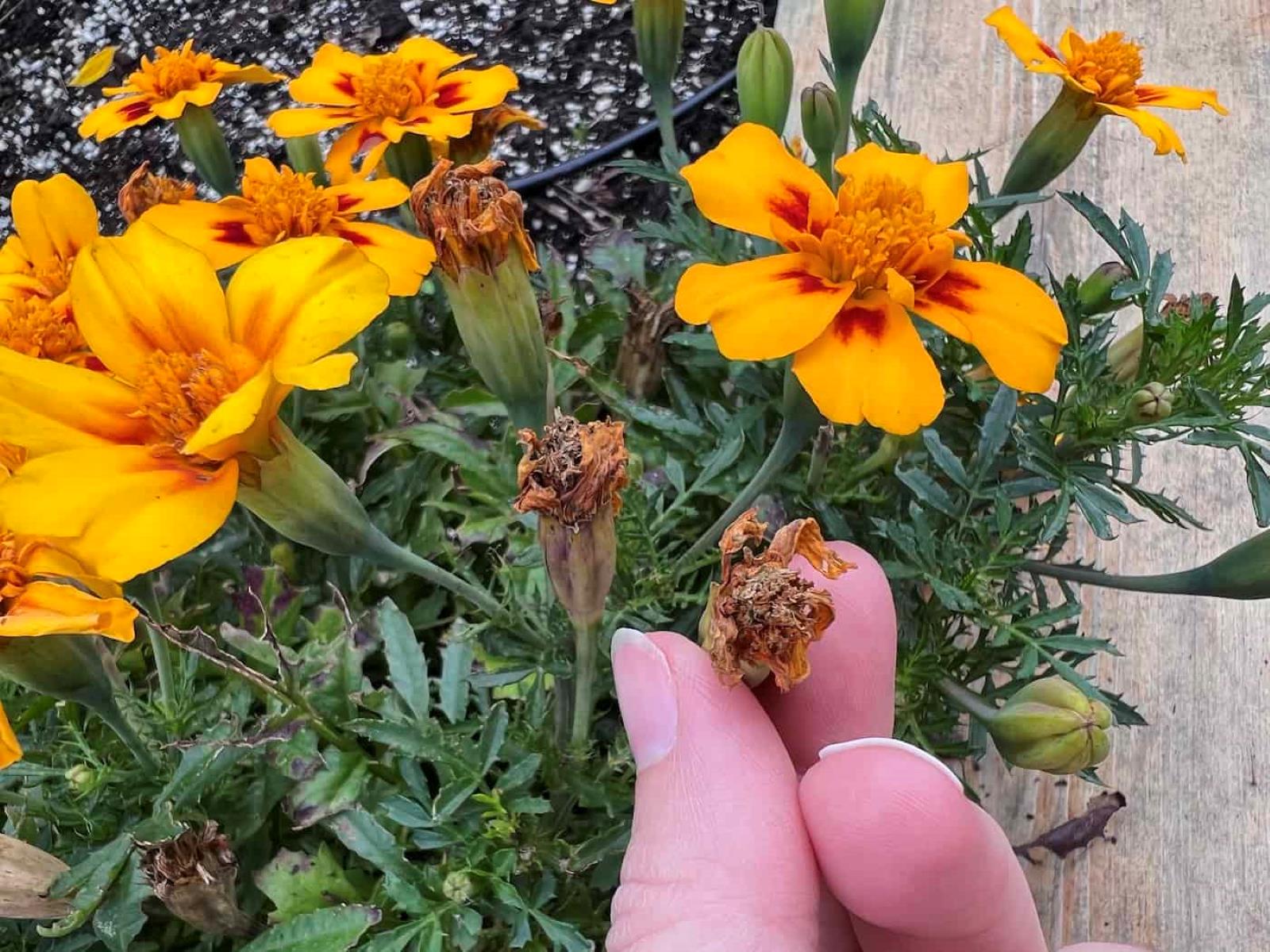
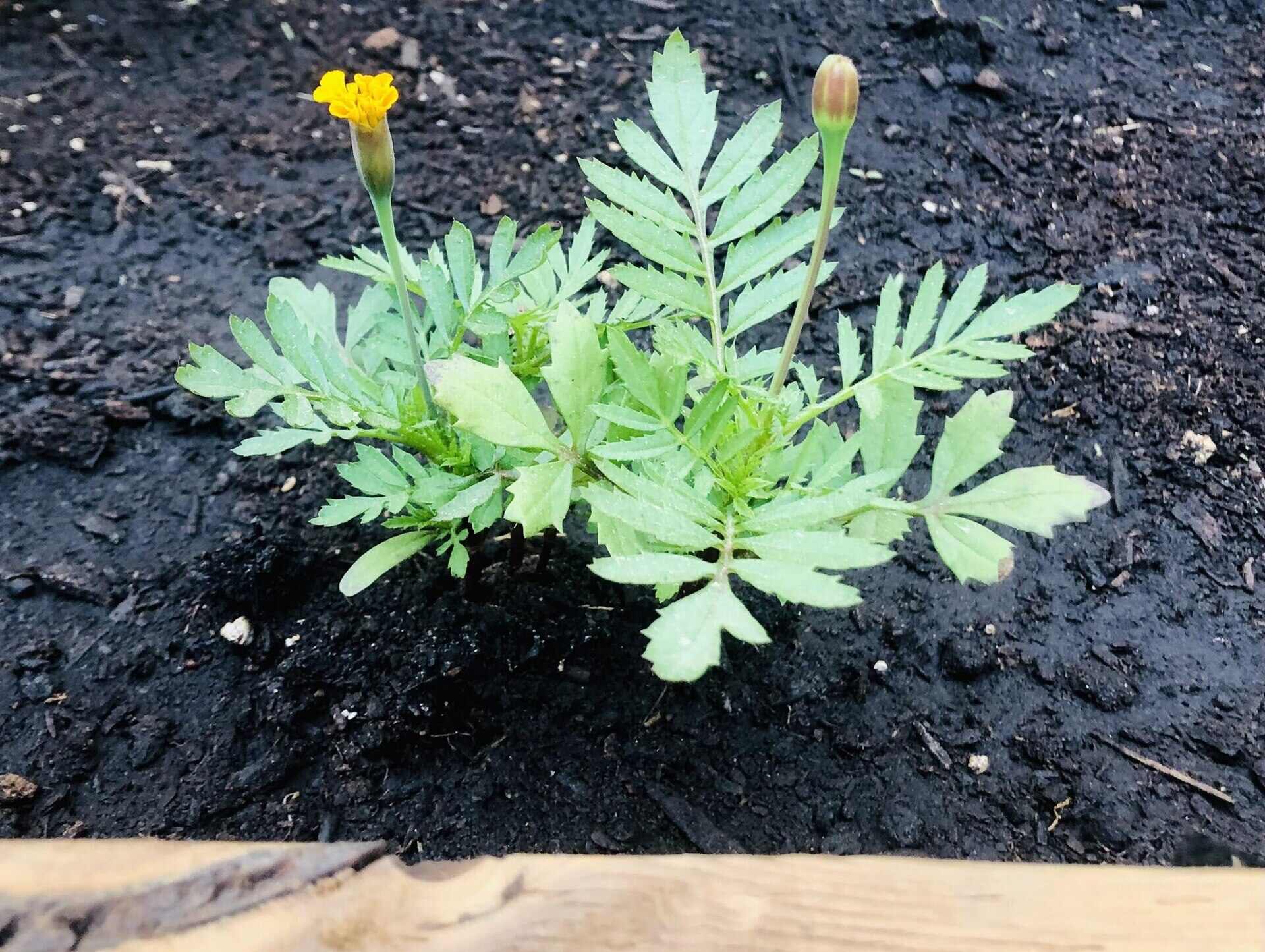

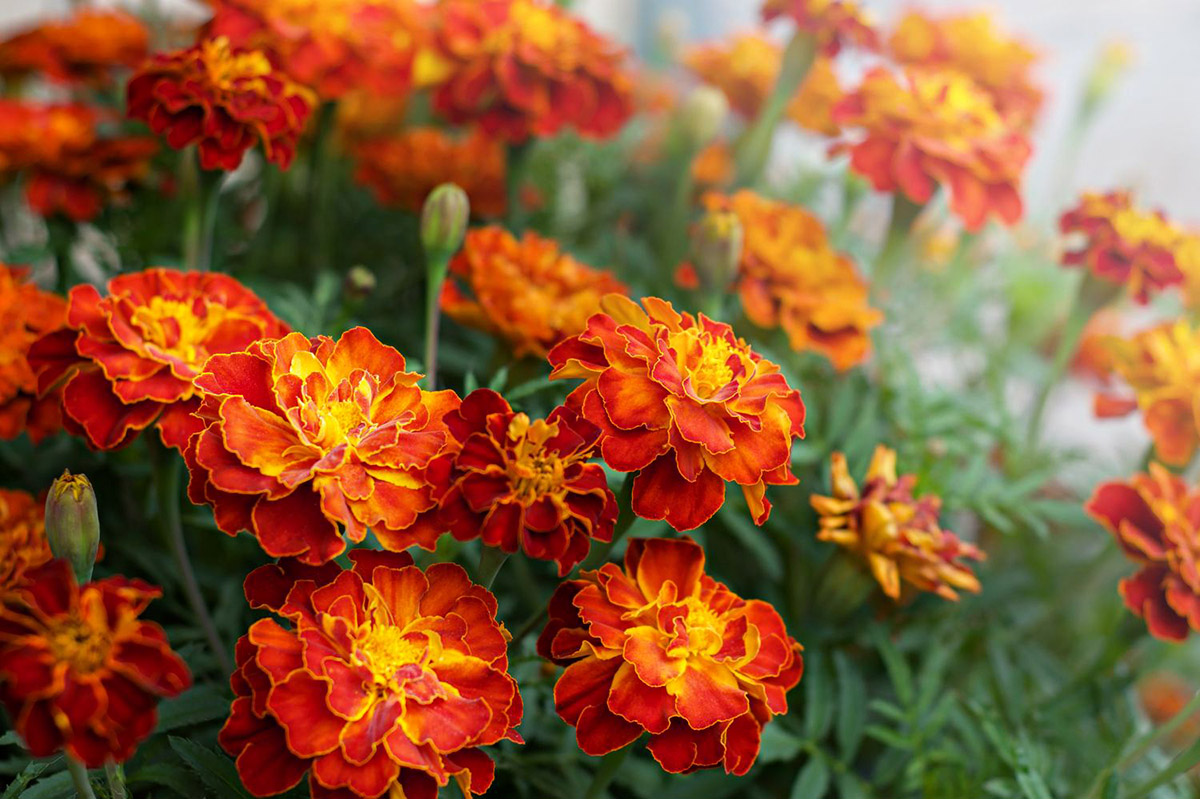
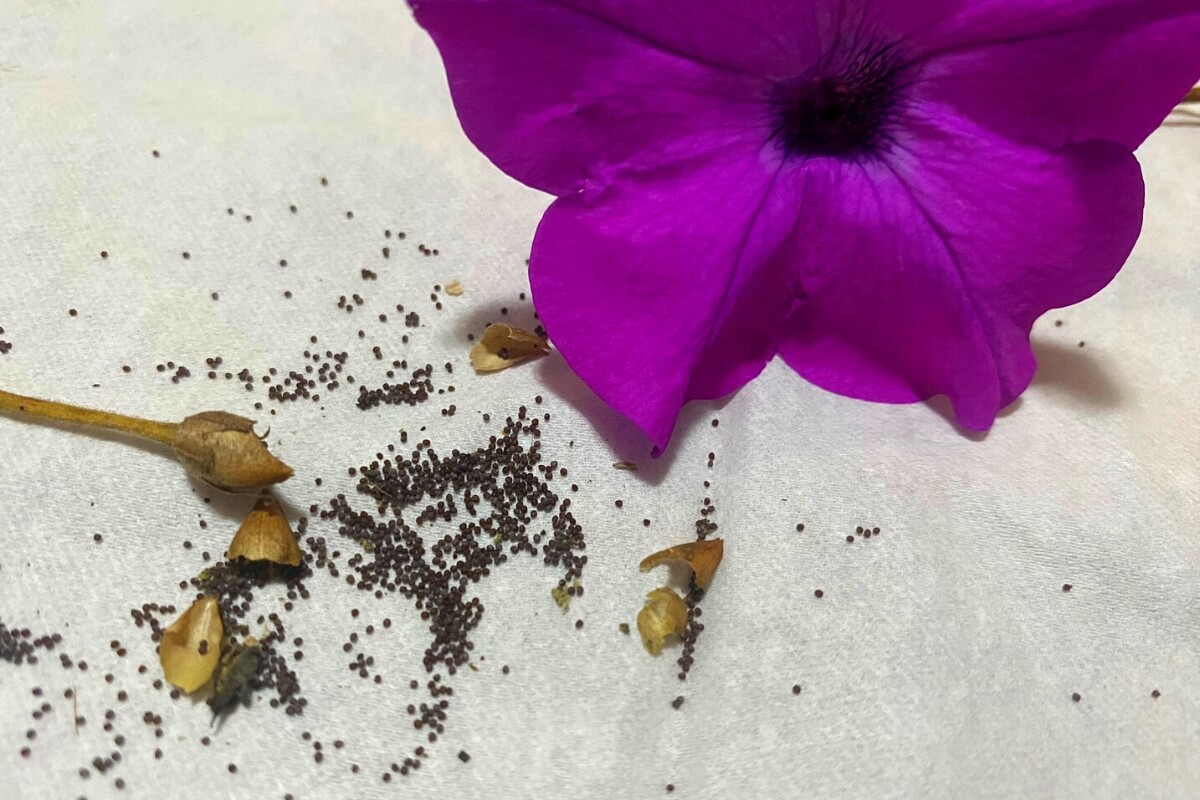
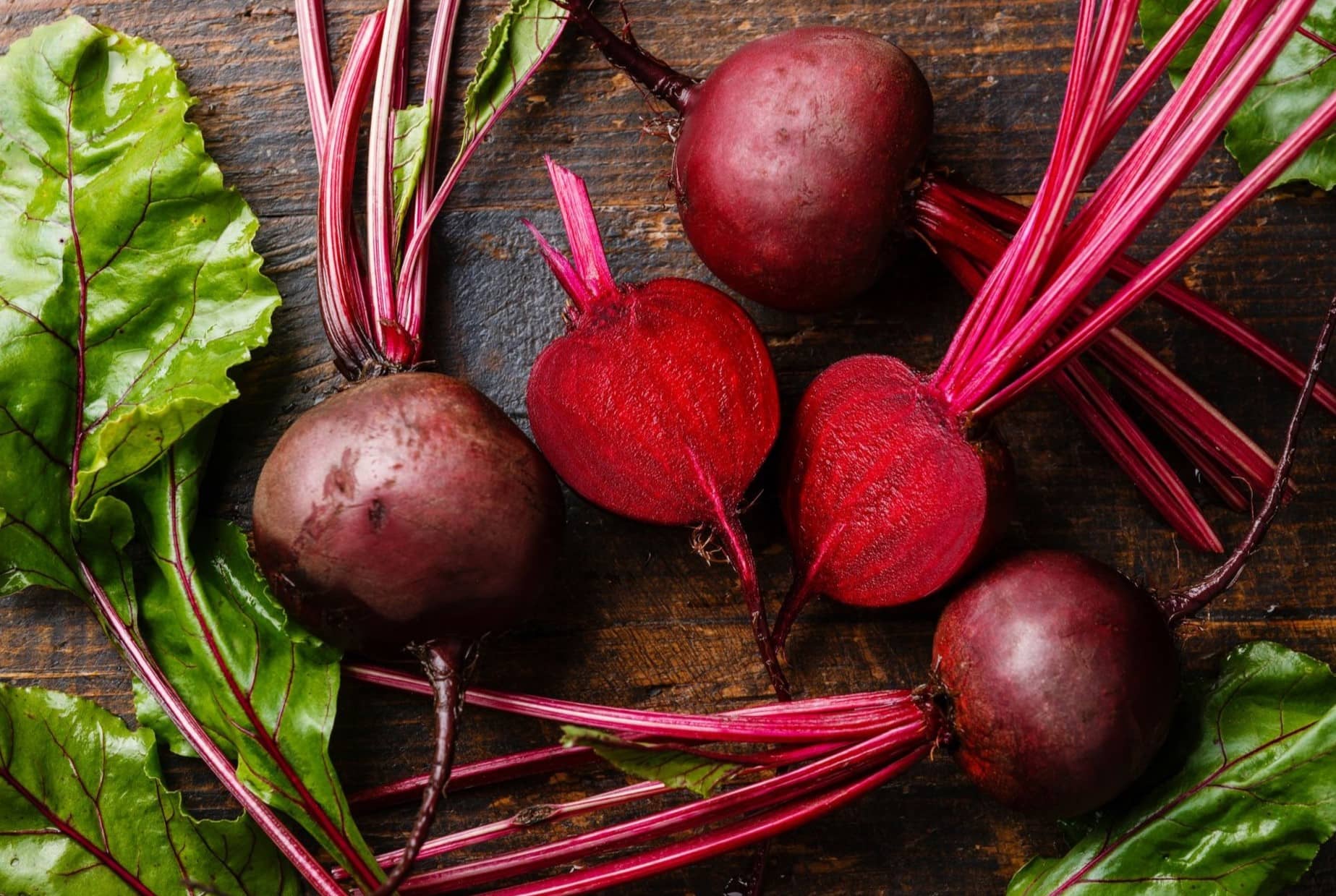
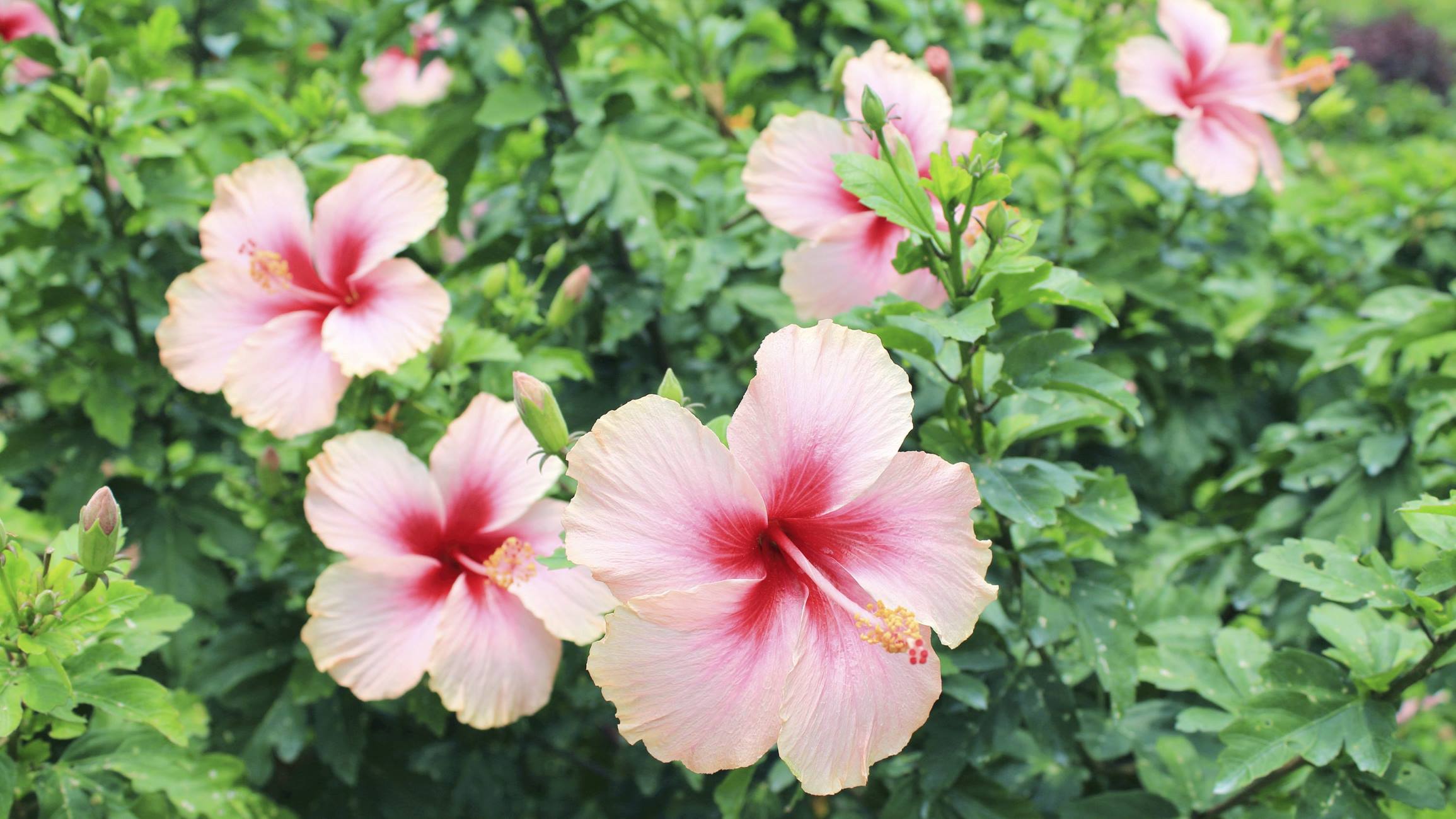
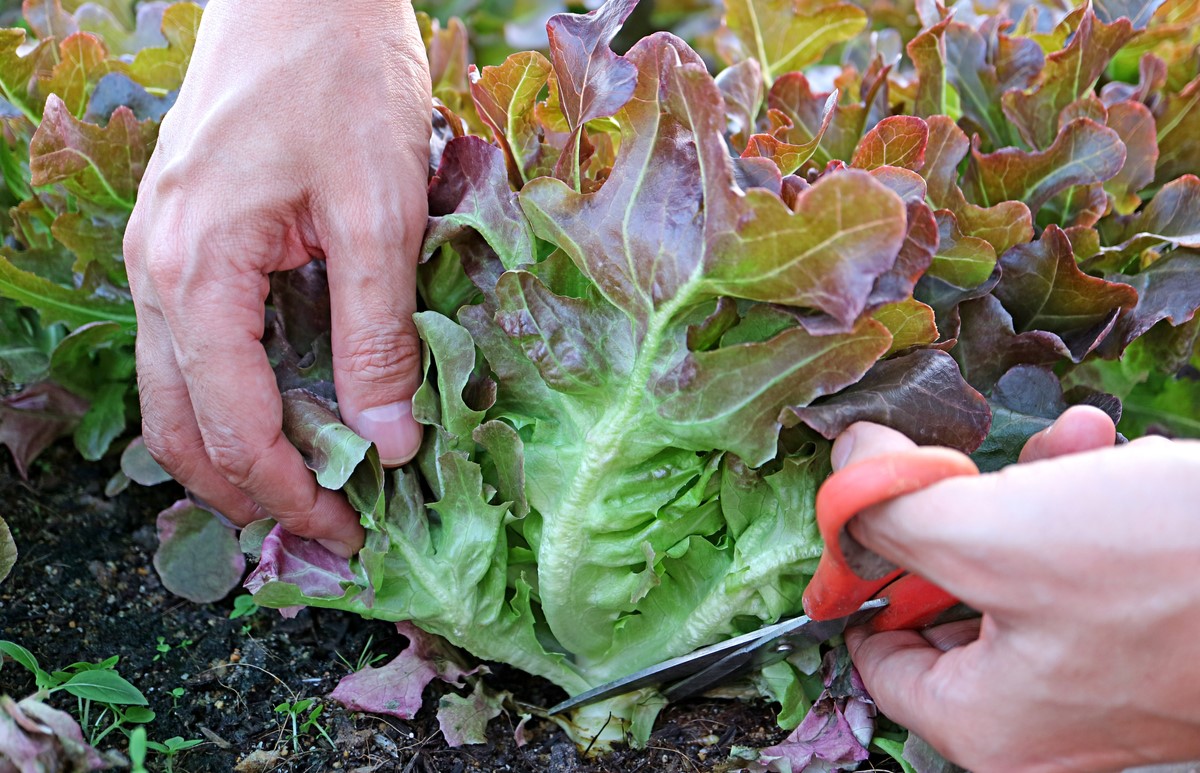
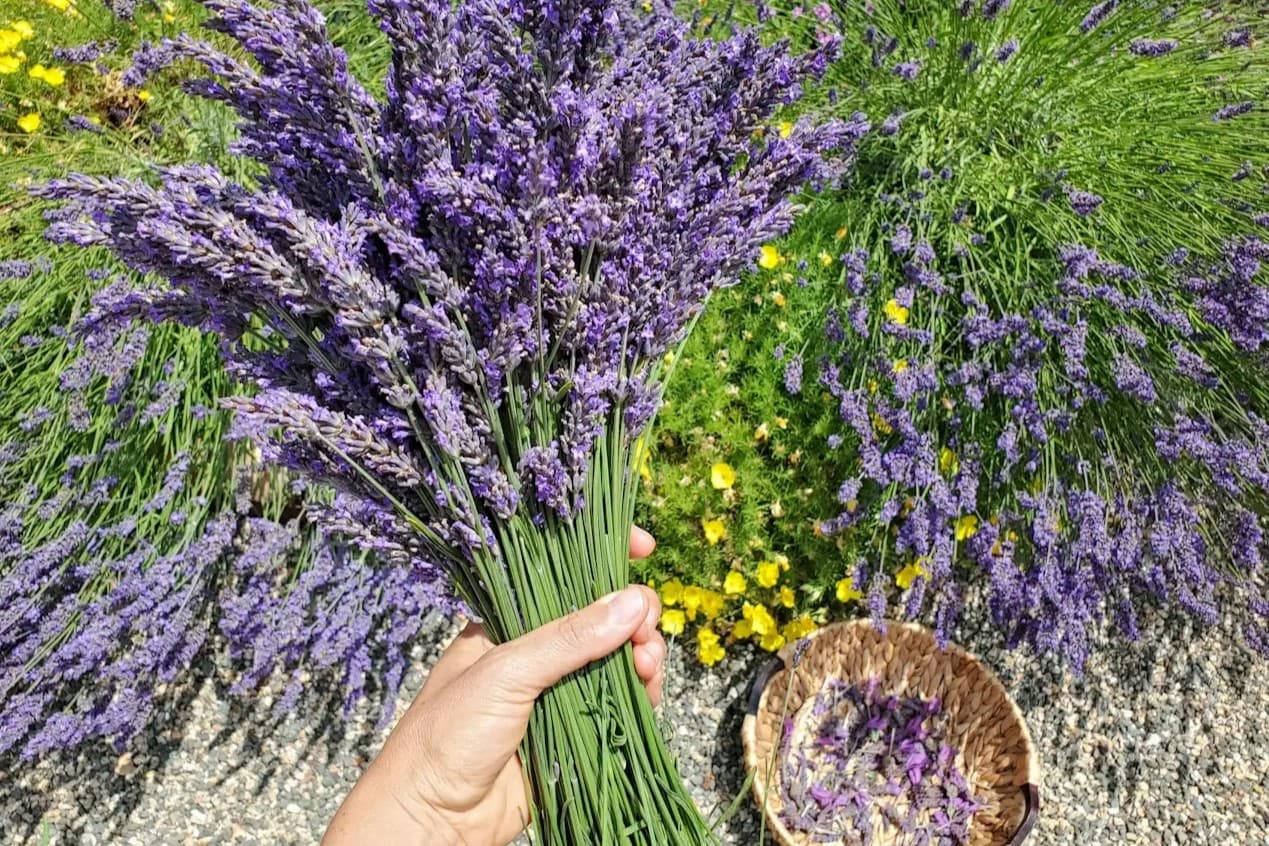
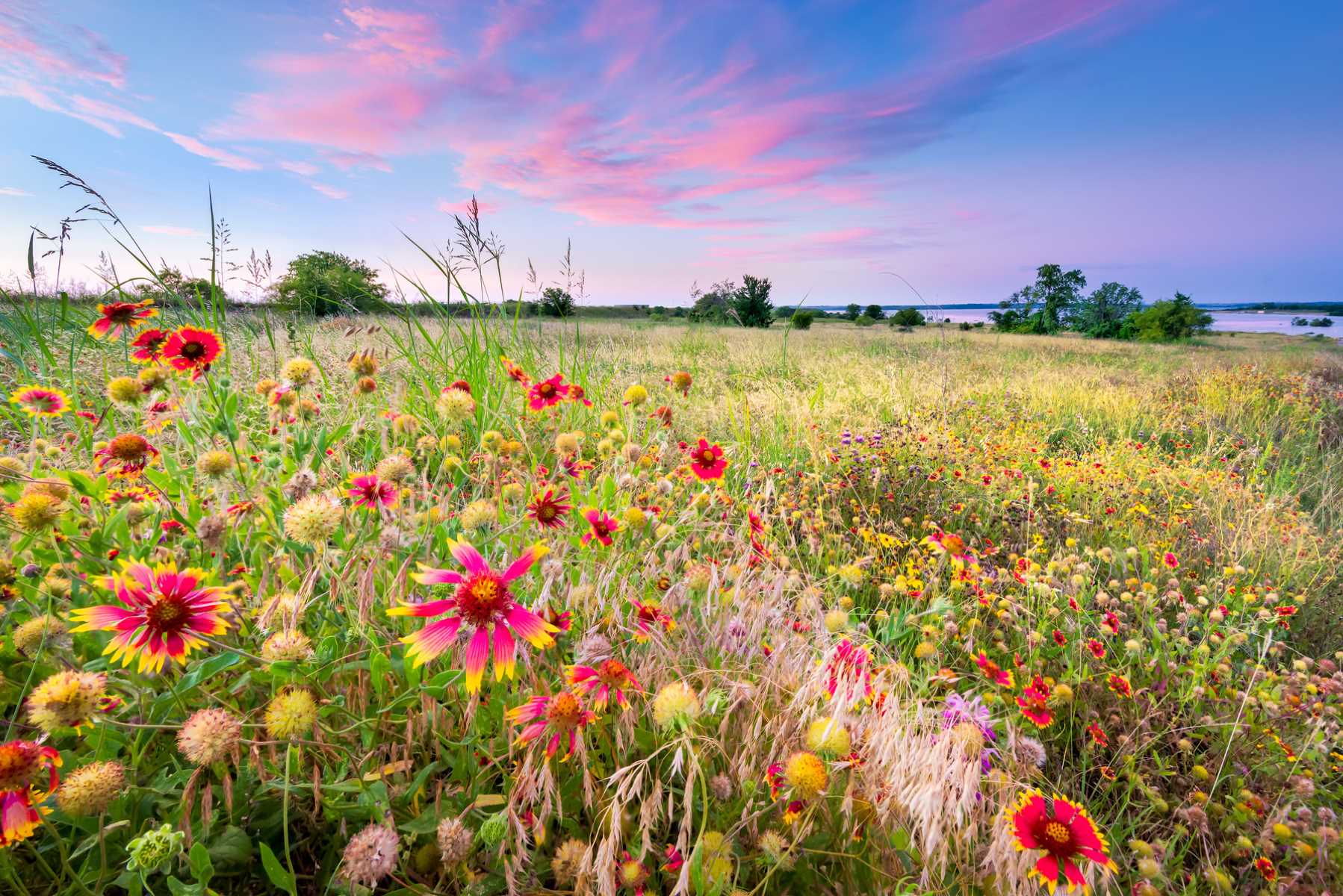
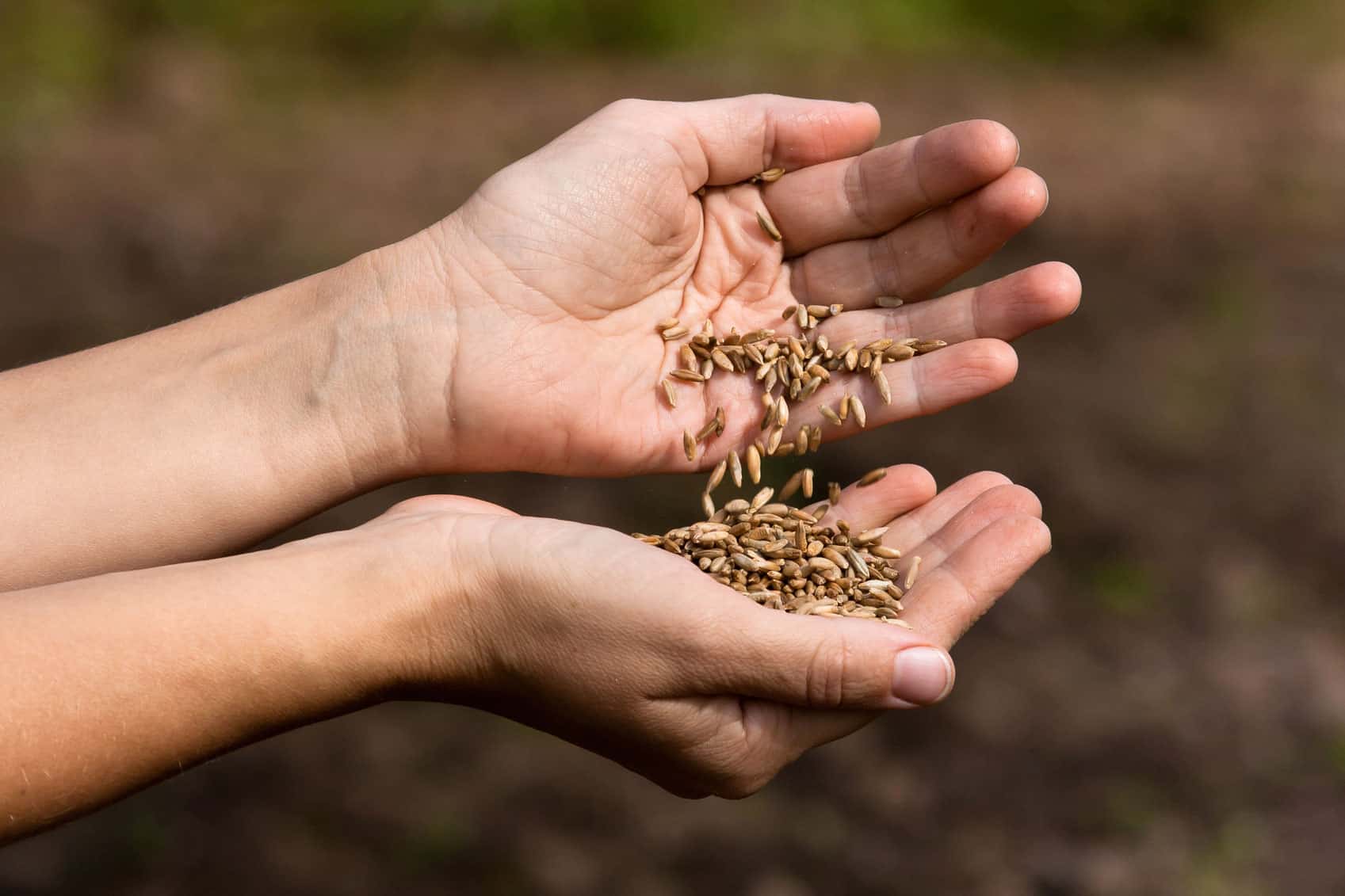
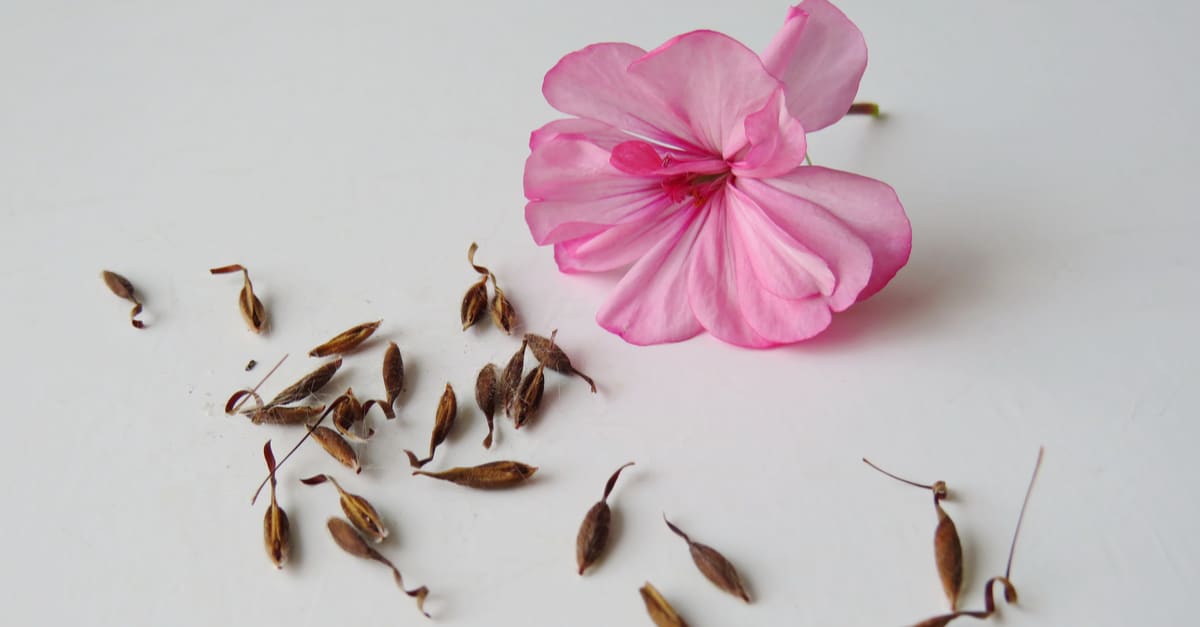
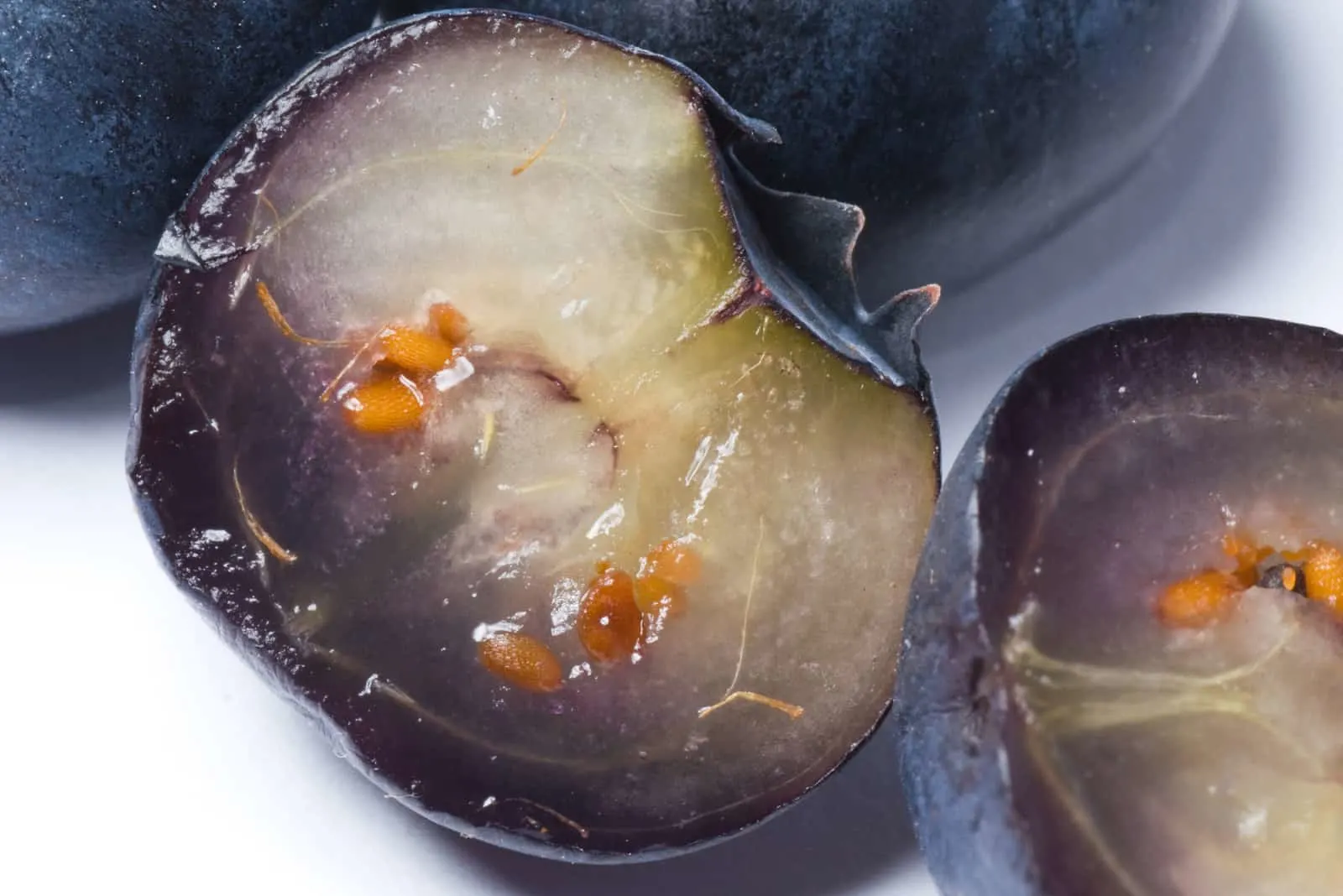
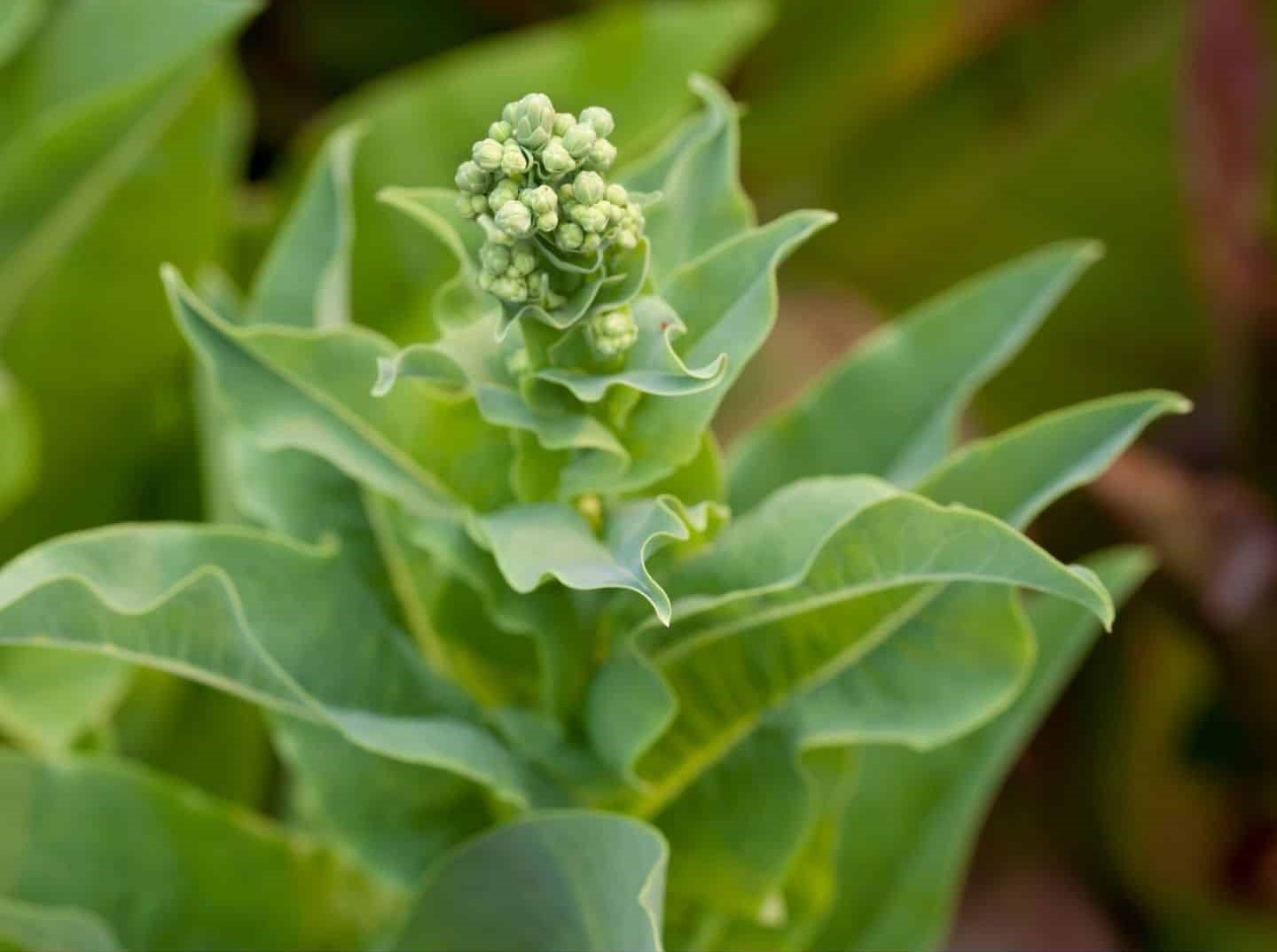

0 thoughts on “How To Get Seeds From Marigolds”